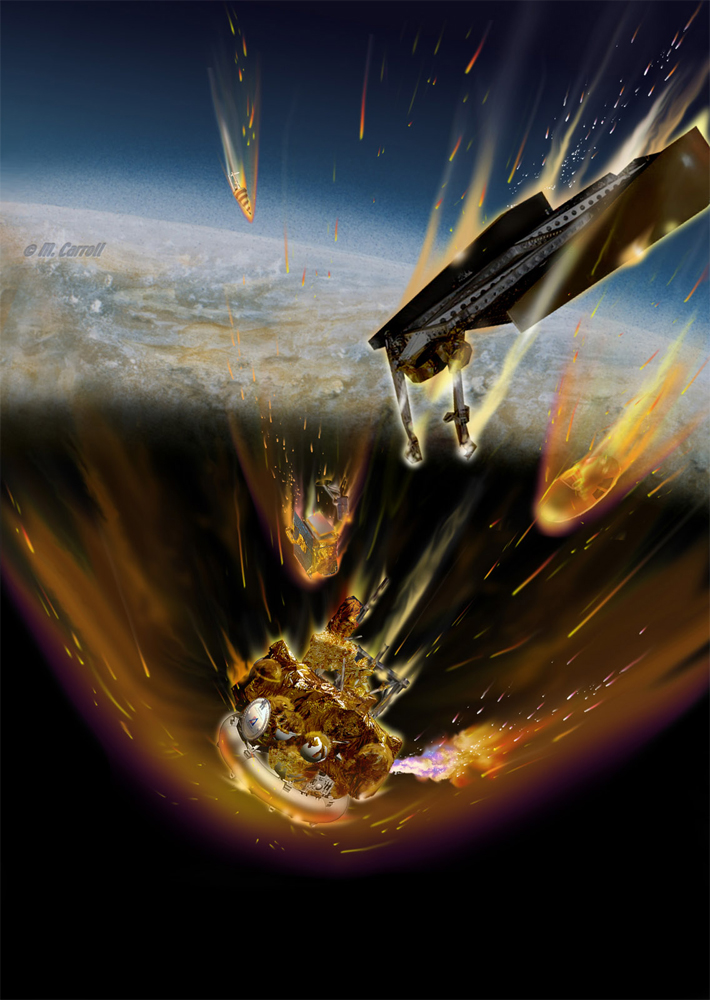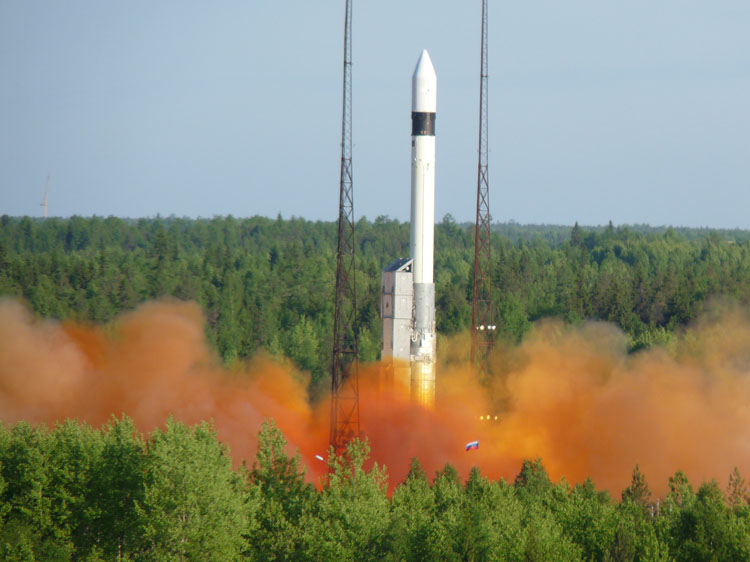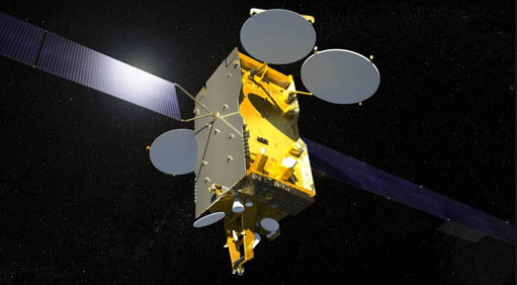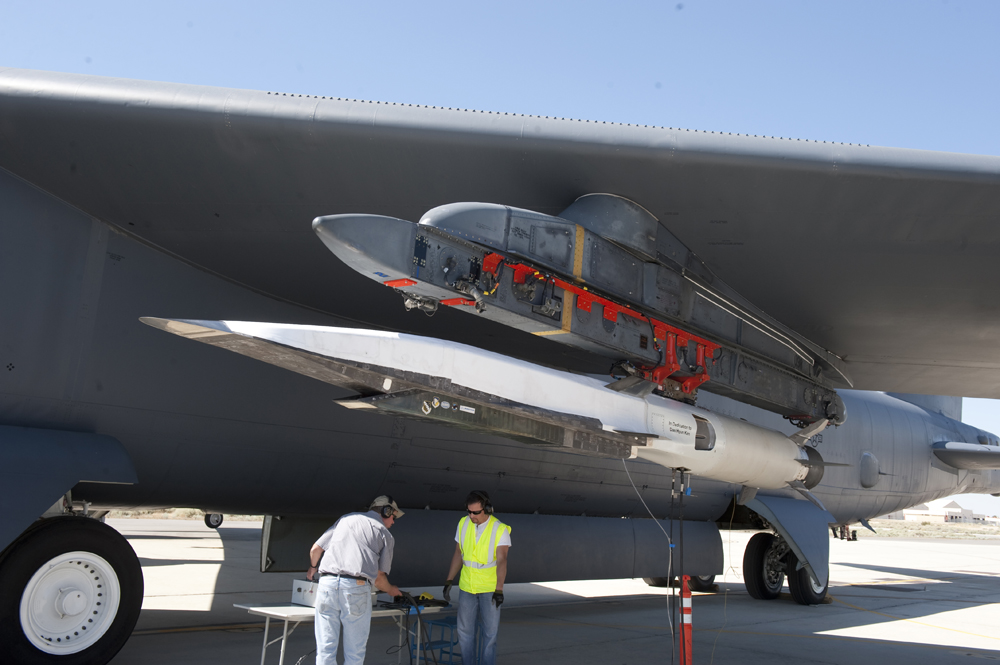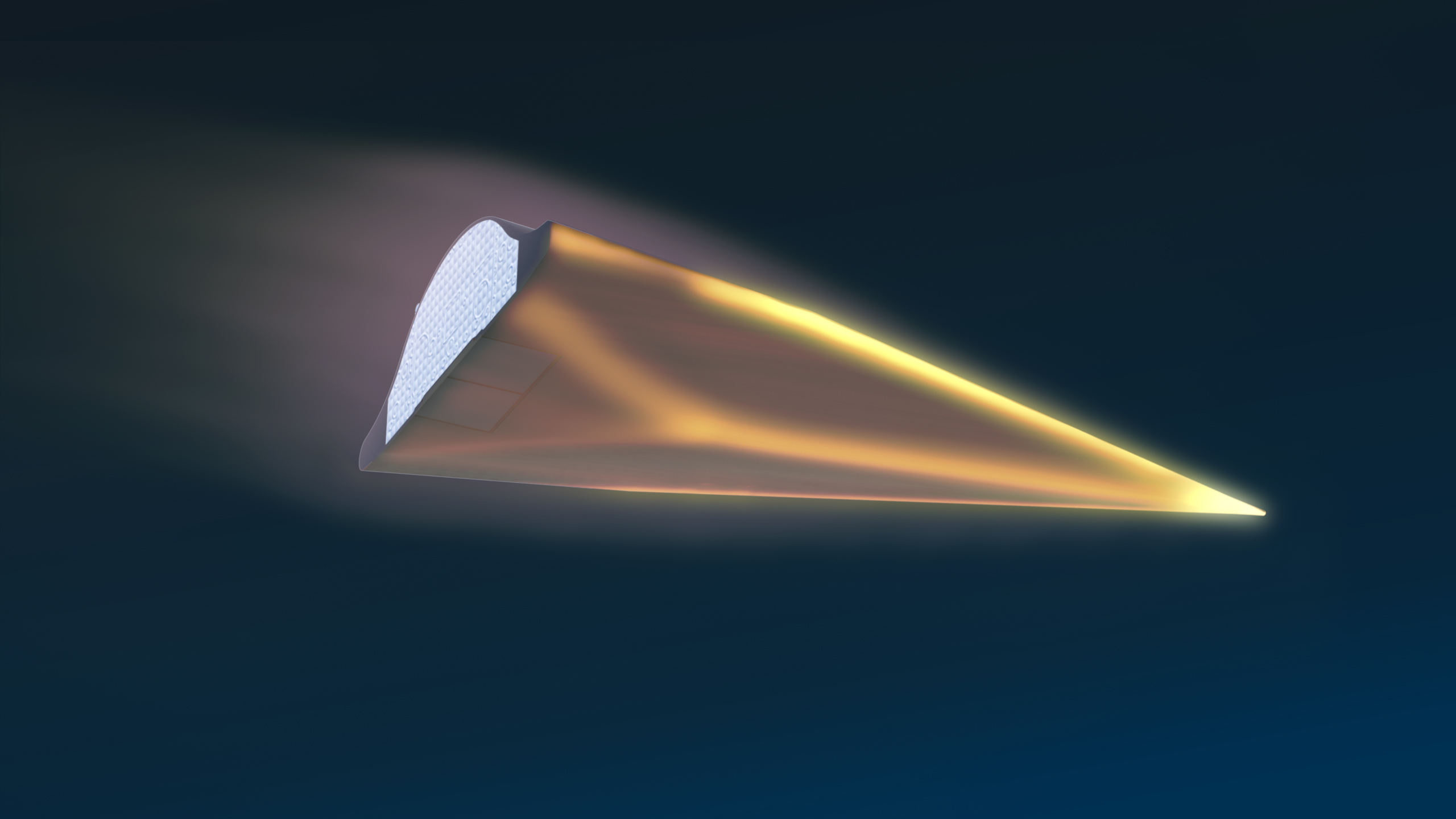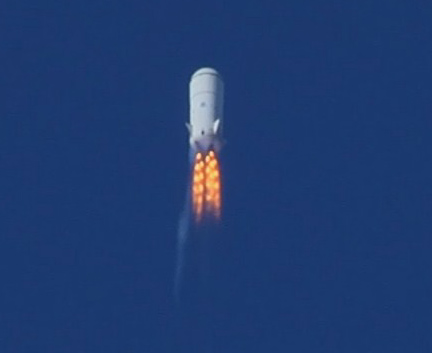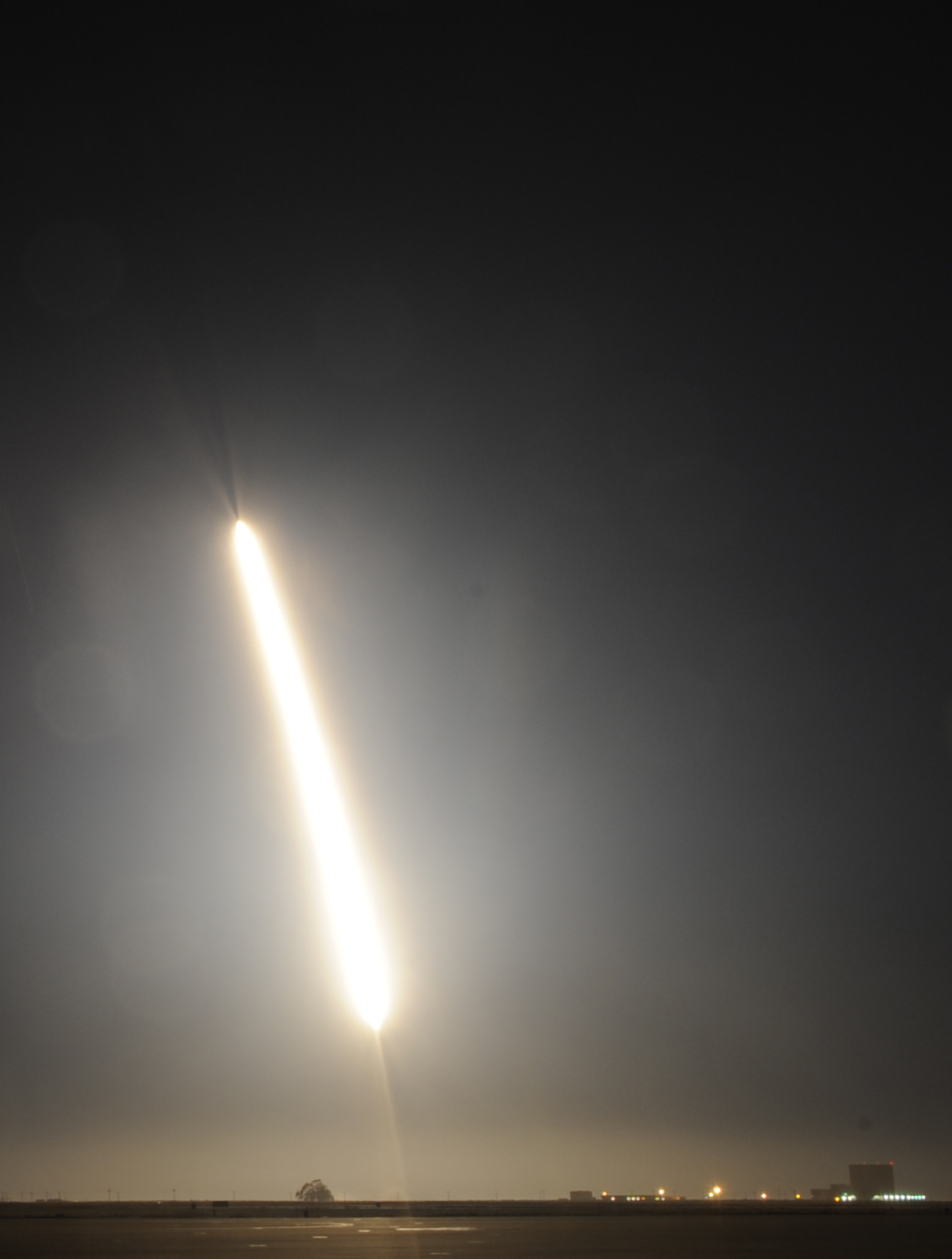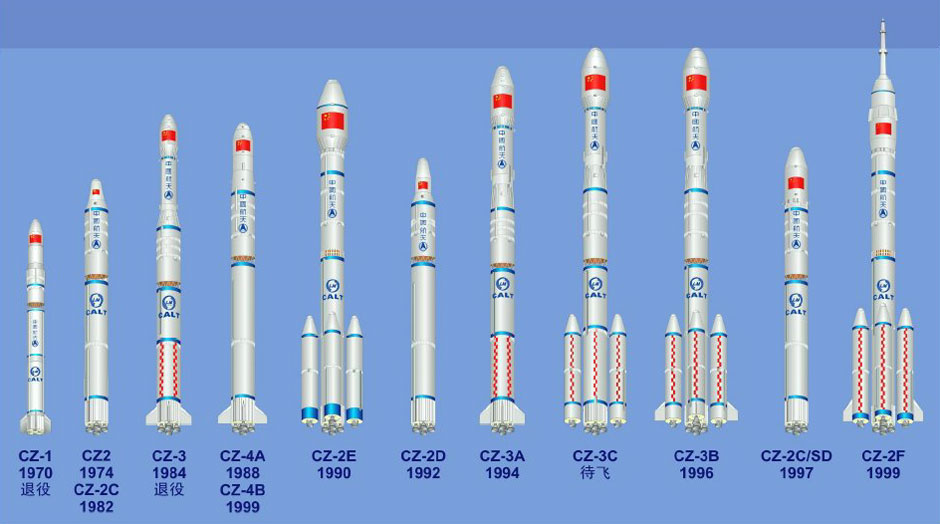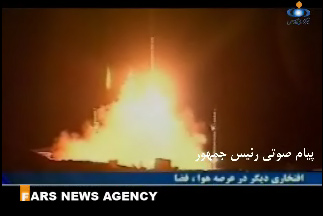Cosmic Fail! Biggest Space Flops of 2011
Space Setbacks of the Year
The plain truth: Getting into space is hard.
Rockets have been launching people, robots and satellites into space for more than 50 years. But major failures still occur, highlighting just how hard it is to escape the bonds of Earth on a rocketship bound for orbit.
The year 2011 saw its share of launch and mission failures; thankfully, none of them involved astronauts. Here's a recap of the biggest space disappointments of the year:
Russian Military Satellite Woes
The year got off to an inauspicious start when a new Russian military satellite, called Geo-IK 2, failed to reach its intended orbit after launching into space atop a Rockot booster on Feb. 1.
The satellite was intended to provide three-dimensional maps of Earth for use by the Russian military. But a failure on the three-stage Rockot booster, which is derived from Russia's SS-19 intercontinental ballistic missile, left it stranded in orbit. Russian space officials managed to regain contact with the satellite to confirm its wrong orbit.
NEXT: A Wayward U.S. Missile
Wayward U.S. Missile
About the last thing you want is a ballistic missile — a long-range weapon that can reach suborbital space — going out of control, and that almost happened in July when the U.S. Air Force test launched an unarmed Minuteman 3 missile.
To be sure, the missile was not carrying an active warhead during the July 27 test, but a malfunction just after the weapon's launch from Vandenberg Air Force Base in California forced Air Force officials to destroy the missile using a remote destruct command.
NEXT: $300 Million Satellite Lost in Space
$300 Million Satellite Lost in Space
Russia's space industry suffered another major setback on Aug. 18, when a new $300 million communications satellite called Express-AM4 went silent shortly after launching into orbit.
The satellite launched atop a Russian Proton rocket on Aug. 18, then promptly went silent. By mid-day on Aug. 19, U.S. space surveillance monitors found the satellite in the wrong orbit. One industry official said it would be difficult to maneuver Express-AM4 into operational position in geostationary orbit with sufficient life remaining to make the effort worthwhile.
NEXT: Air Force's Hypersonic Mystery
Air Force's Hypersonic Mystery
Another Air Force failure included a test launch of the X51-A Waverider, an unmanned hypersonic X-plane designed to test scramjet technology for ultra-fast vehicles.
The Waverider was air-launched over the Pacific Ocean on June 13 and reached nearly Mach 5 before failing to transition to its scramjet engine, which is designed to sustain flight at hypersonic speeds. Hypersonic flight is generally defined as any speed over Mach 5 (3,805 mph, or 6,124 kph, at sea level).
"Obviously we're disappointed and expected better results, but we are very pleased with the data collected on this flight," said Charlie Brink, the Air Force Research Laboratory's X-51A program manager, in a statement. The test was one of two planned for 2011.
NEXT: DARPA's Hypersonic Bomber Splash
DARPA's Hypersonic Bomber Splash
The Air Force wasn't the only military branch to lose a hypersonic X-plane this year. In August, the Defense Advanced Research Projects Agency (DARPA) announced that a prototype for a hypersonic bomber crashed into the Pacific Ocean after a malfunction occurred shortly after launch.
The Falcon Hypersonic Technology Vehicle 2 (HTV-2) reached a speed of about Mach 20 (about 13,000 mph) before crashing. The flight was the second of two HTV-2 test flights and collected nine minutes of data, more than the first flight.
"Here's what we know," said Air Force Maj. Chris Schulz, DARPA HTV-2 program manager, in a statement. "We know how to boost the aircraft to near space. We know how to insert the aircraft into atmospheric hypersonic flight."
What happens next, though, is a mystery.
"We do not yet know how to achieve the desired control during the aerodynamic phase of flight," Schulz said. "It's vexing; I'm confident there is a solution. We have to find it."
NEXT: Blue Origin's Rocket Failure
Blue Origin's Rocket Failure
The realm of private spaceflight saw its own hurdles in 2011. The private space company Blue Origin, led by Amazon.com founder Jeff Bezos, hit a snag when a flight test of its new suborbital spacecraft failed.
According to Bezos, a "flight instability" drove an angle of attack that triggered the Blue Origin range safety team to terminate thrust on the vehicle. The vehicle roared skyward from the Blue Origin spaceport, located roughly 25 miles (40 kilometers) north of tiny Van Horn, Texas, before the failure.
"Not the outcome any of us wanted, but we're signed up for this to be hard, and the Blue Origin team is doing an outstanding job. We're already working on our next development vehicle," Bezos reported.
NEXT: NASA's Lost Glory Satellite
Breaking space news, the latest updates on rocket launches, skywatching events and more!
Glory Satellite Crash
In March, a $424 million NASA climate satellite failed to reach orbit due to a flaw in its rocket that prevented the booster's nose cone from separating at the right time.
The failure occurred on March 4 during the launch of NASA's Glory satellite, a spacecraft designed to study the interaction between the sun's energy and Earth's atmosphere, with a specific focus on tiny particles – called aerosols – and their role in the planet's climate. But the Taurus XL rocket launching the satellite failed to jettison its nose cone fairing, and both the rocket and satellite crashed into the Pacific Ocean.
It was the second consecutive failure for the Taurus XL rocket. A similar nose-cone glitch doomed another NASA climate satellite in 2009.
NEXT: Chinese Satellite Lost
China Experimental Satellite Failure
China also wasn't immune to rocket failures in 2011. An experimental Chinese satellite failed to reach orbit on Aug. 18 when its rocket malfunctioned, according to state-run media reports. The satellite, a prototype orbiter called SJ-11-04, had just lifted off atop a Long March 2C rocket when the glitch occurred.
The failed rocket launch was the third in seven days for China, which promptly recovered from the malfunction to launch two unmanned space missions that demonstrated the country's first space docking – a major milestone for China's planned space station program.
NEXT: Russia's December Satellite Crash
Russia's December Satellite Crash
Russia's space launch troubles continued into December, when the Russian military communications satellite Meridian crashed after launching on Dec. 23 from the northern Plesetsk Cosmodrome.
"This area of the space industry is in sort of a crisis," Russian space agency chief Vladimir Popovin told reporters in a televised press conference today. "We can say even now that the problem lies in the engine." But more analysis is needed to be certain exactly what went wrong, he said.
NEXT: Iran Fails in Space Monkey Launch
Iran Monkey Launch Failure
An attempt by Iran to launch a rocket carrying a live monkey into space in September met with failure, stalling the country's program to pursue a human spaceflight capability, according to press reports.
The Iranian Space Agency reportedly attempted to launch a Rhesus monkey into space atop a Kavoshgar-5 rocket (Kavoshgar means "Explorer" in Farsi) during the Iranian month of Shahrivar, a period that ran between Aug. 23 and Sept. 22, according to an Agence-France Press report.
The setback was apparently a major blow to Iran's space ambitions, as the nation hopes to one day launch humans to space and, eventually, the moon.
NEXT: Russian Space Cargo Ship's Siberia Crash

Tariq is the award-winning Editor-in-Chief of Space.com and joined the team in 2001. He covers human spaceflight, as well as skywatching and entertainment. He became Space.com's Editor-in-Chief in 2019. Before joining Space.com, Tariq was a staff reporter for The Los Angeles Times covering education and city beats in La Habra, Fullerton and Huntington Beach. He's a recipient of the 2022 Harry Kolcum Award for excellence in space reporting and the 2025 Space Pioneer Award from the National Space Society. He is an Eagle Scout and Space Camp alum with journalism degrees from the USC and NYU. You can find Tariq at Space.com and as the co-host to the This Week In Space podcast on the TWiT network. To see his latest project, you can follow Tariq on Twitter @tariqjmalik.
